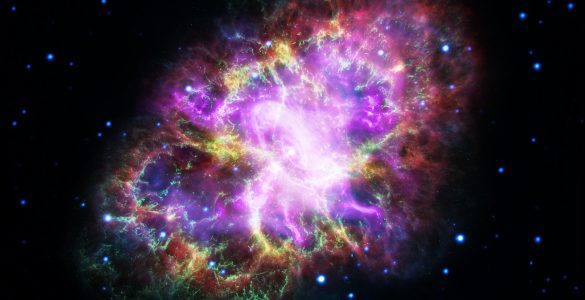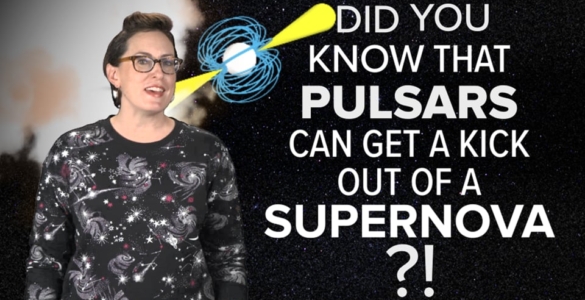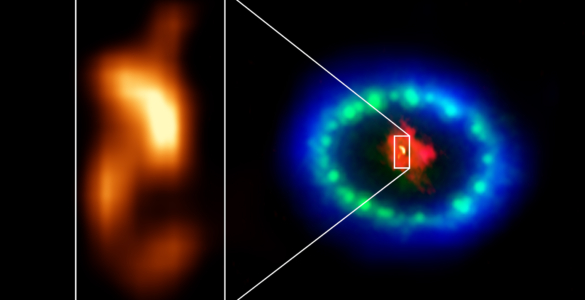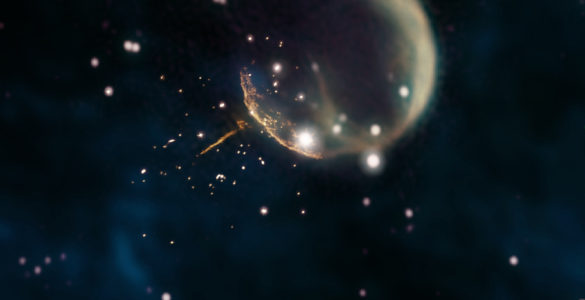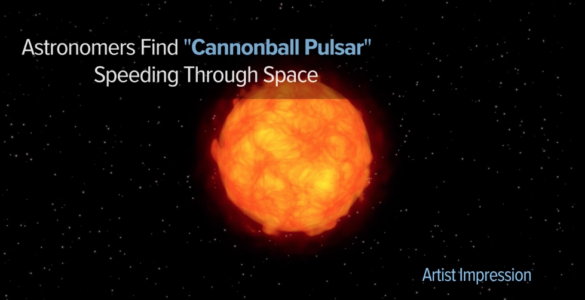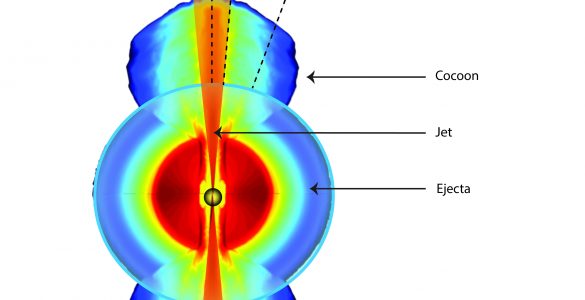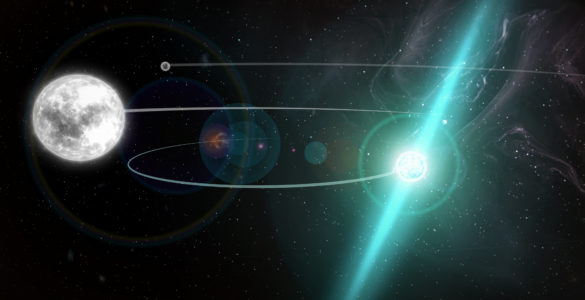A New Look at the Crab Nebula
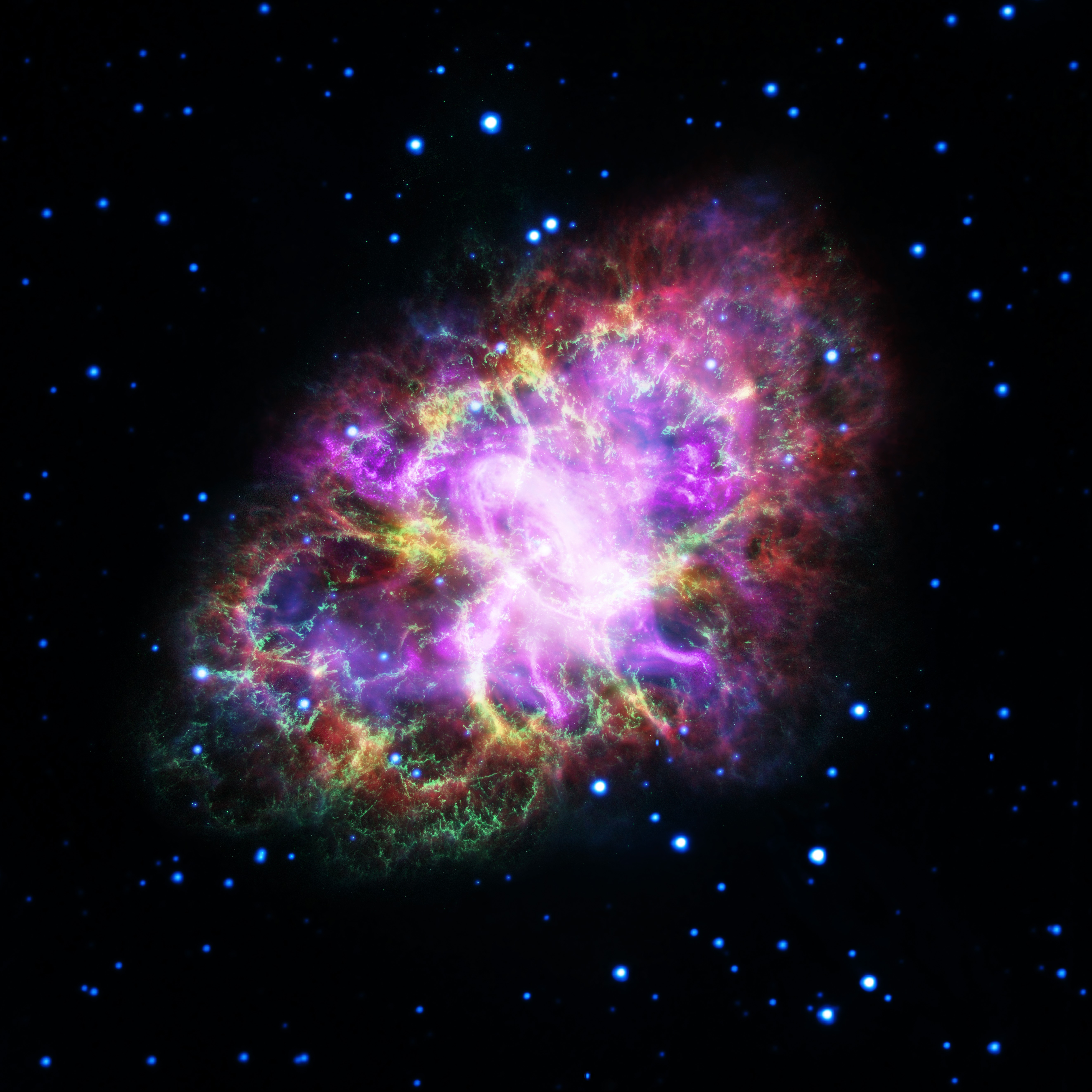
Astronomers produced this dramatic new, highly-detailed image of the Crab Nebula by combining data from telescopes spanning nearly the entire breadth of the electromagnetic spectrum. At its center is a superdense neutron star, rotating once every 33 milliseconds, shooting out rotating lighthouse-like beams of radio waves and light — a pulsar. The nebula’s intricate shape is caused by a complex interplay of the pulsar, a fast-moving wind of particles coming from the pulsar, and material originally ejected by the supernova explosion and by the star itself before the explosion. This image combines data from five different telescopes: The VLA (radio) in red; Spitzer Space Telescope (infrared) in yellow; Hubble Space Telescope (visible) in green; XMM-Newton (ultraviolet) in blue; and Chandra X-Ray Observatory (X-ray) in purple.
| Technical Details | |
|---|---|
| Telescope | VLA; Spitzer; Hubble; XMN-Newton; Chandra |
| Center | RA: 5:34:31.94, Dec: 22:00:52.2 |
| Field of View | 8.4 x 8.4 arcminutes |






